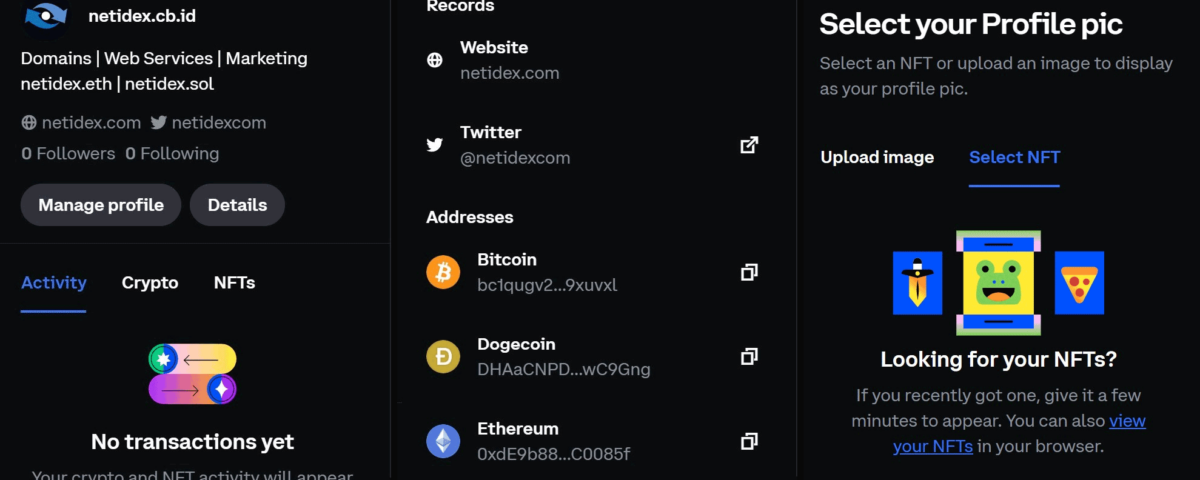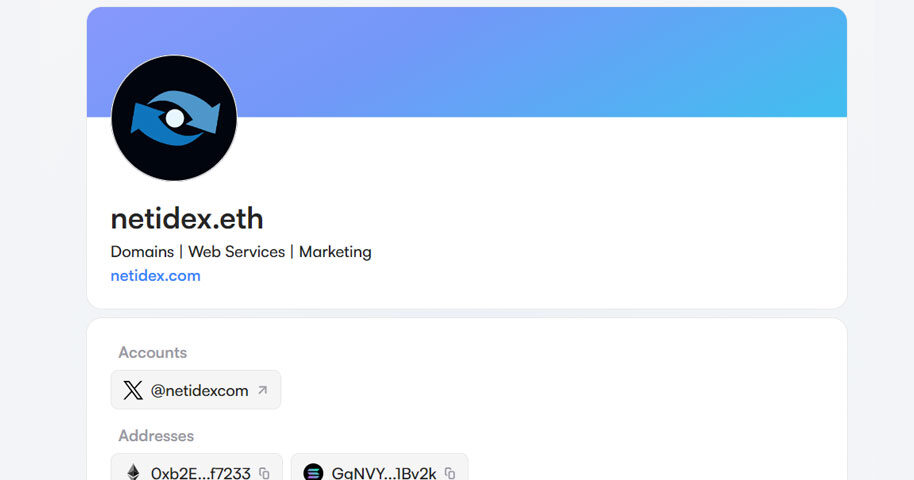The internet has made it easier than ever to share information, create content, and build tools. But accepting payments online is still surprisingly hard. Whether you’re a small business, a developer, or a content creator, you’ve probably faced this problem. Most payment systems require users to create accounts, enter personal details, and go through slow approval processes. On top of that, payment […]
Articles
The Growing Value of Domain Names as an Asset Class

The acquisition of high-value domain names is no longer just for tech giants and startups—it is a growing trend among businesses of all sizes, as well as individual investors. As more companies recognize the value of owning a premium domain, the market for domain names continues to mature, offering both practical and financial rewards. […]
The Beginner’s Guide to Content Creation: A Simple, Step-by-Step Approach

Creating effective website content doesn’t have to be complicated. By following a structured approach—knowing your objective, understanding your audience, immersing yourself in your product, and answering key questions—you can craft content that resonates and inspires action. […]
Domain Age: A Critical Factor or an Outdated Metric?

Domain age is often considered an important factor in determining a website’s success. It is frequently used as a metric to gauge a site’s credibility and SEO (Search Engine Optimization) ranking. Domain age refers to the length of time a website has been registered and maintained, but the question remains: Does domain age really matter? […]
QR Codes Gone Wrong: The Threat of Quishing Attacks

QR codes have become a convenient tool in everyday life, appearing in menus, advertisements, and various applications. However, their widespread use also makes them a prime target for attackers. Users often scan QR codes without considering their sources, making them more likely to fall victim to scams. […]
Optimize Your Domain Portfolio with These 6 Free Research Tools

Effectively evaluating the value of a domain name requires leveraging various tools and resources to gain comprehensive insights. From checking domain registration and ownership through the ICANN Lookup to analyzing backlinks with the Free Backlink and DR Checker, each tool offers unique benefits that can enhance your understanding of a domain’s worth. […]
Secure Your Brand Name on the Blockchain with Coinbase ID: Here’s How

Securing a Coinbase ID (cb.id) is a simple way to manage your crypto identity across different blockchains. Unlike ENS (.eth) usernames, which are mainly tied to Ethereum, cb.id works with multiple blockchains, making it a more flexible choice. […]
SNS Essentials: How to Setup a Domain and Resolve Your Website

The Solana Naming Service (SNS) simplifies blockchain interactions by allowing users to replace complex addresses with easy-to-remember names. This helps build a recognizable digital identity on the blockchain, which is beneficial for branding and trust in digital interactions. […]
ENS Essentials: How to Set Domain Records and Create a Brand Profile

Ethereum Name Service (ENS) stands as a powerful tool, offering users the ability to simplify interactions with blockchain addresses through human-readable names. By leveraging the Ethereum blockchain, ENS ensures greater security, transparency, and resistance to censorship compared to traditional systems. […]
Is It Worth Running Your Own Nameserver? Here’s What You Need to Know

Deciding whether to run your own nameserver depends on your needs, resources, and technical expertise. For most people, the convenience and reliability of using a domain registrar’s DNS management services outweigh the benefits of running their own nameserver. The cost, technical knowledge required, and ongoing maintenance are significant considerations that can make this task daunting. […]
